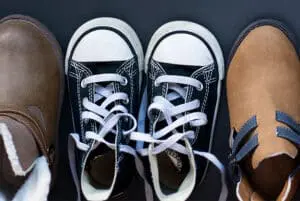This article contains collapsible sections with activity materials, instructions, and additional resources. Use the expand/collapse buttons to view each section.
Activity Content Sections
Click to expand or collapse the materials needed section
Click to expand or collapse the introduce section
Instructions
Relevant Terminology
Prototype: An initial model of something from which other variations or innovations are developed.







Leave feedback form
Thank you! Your submission is processing.